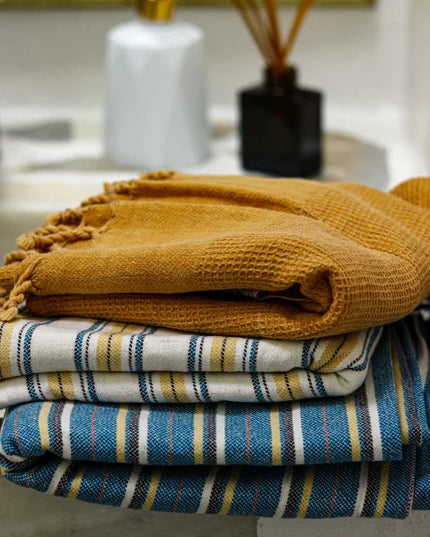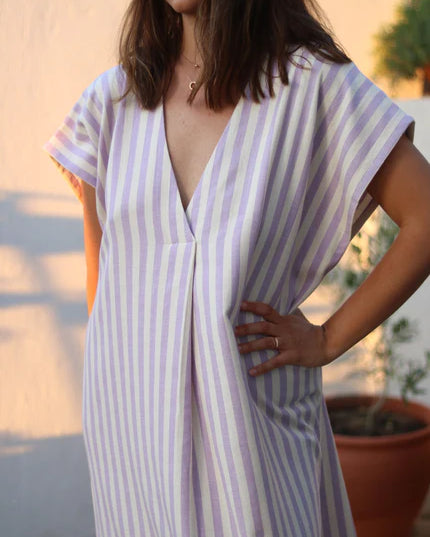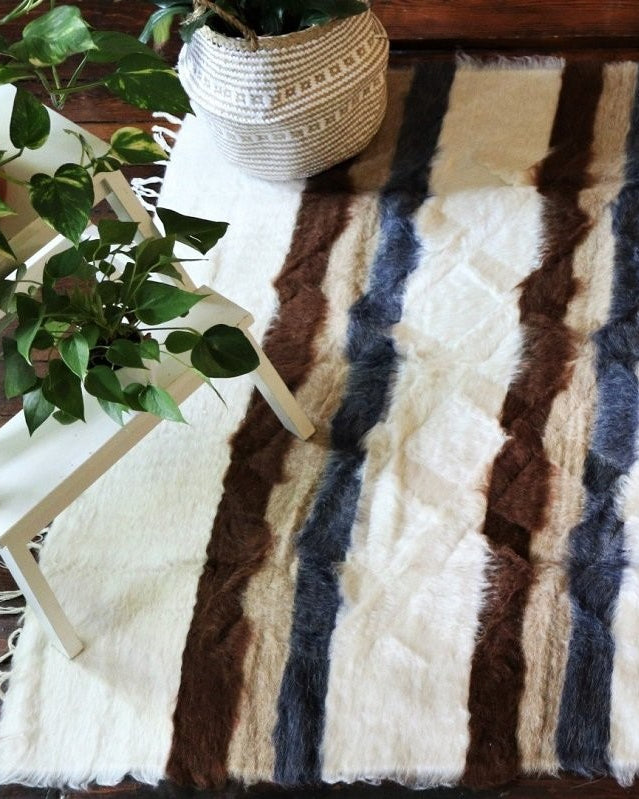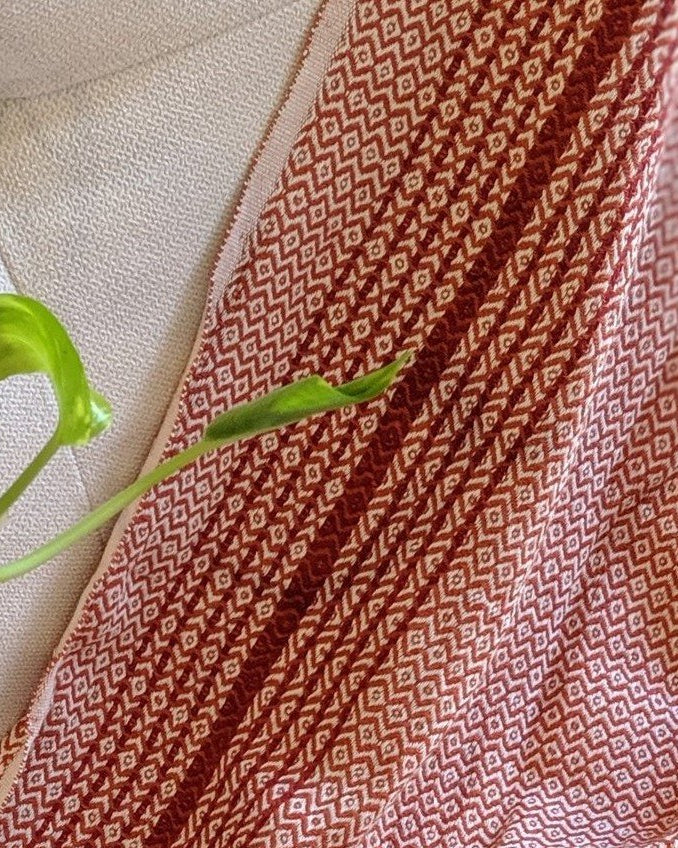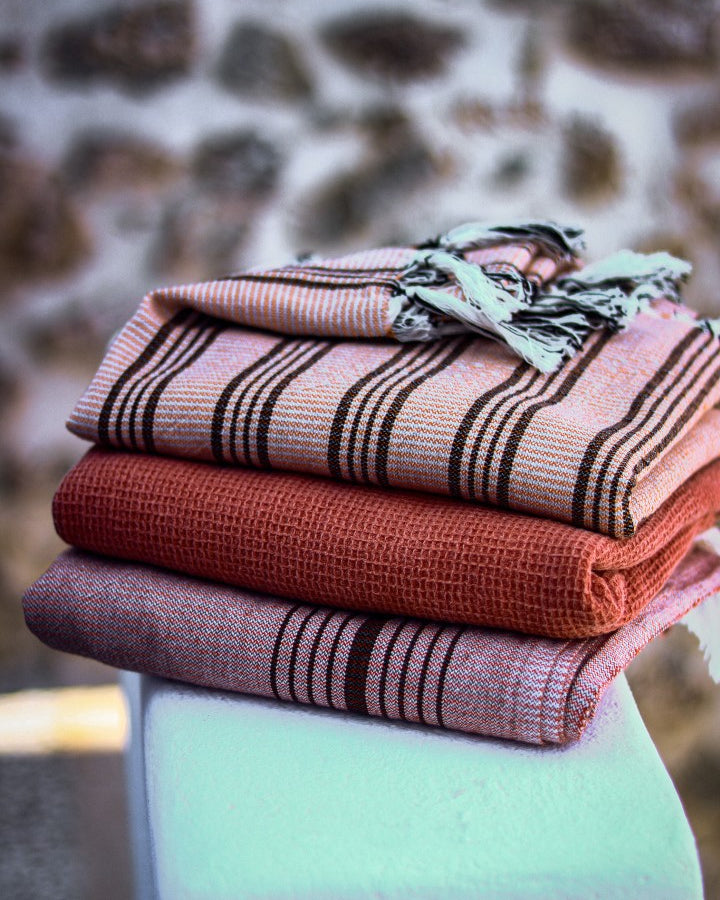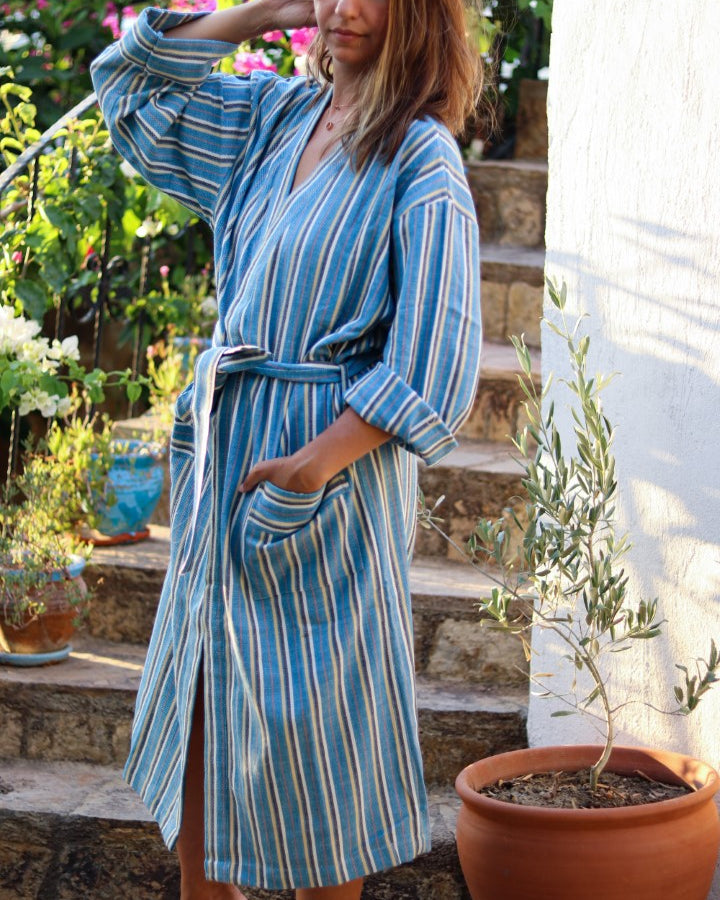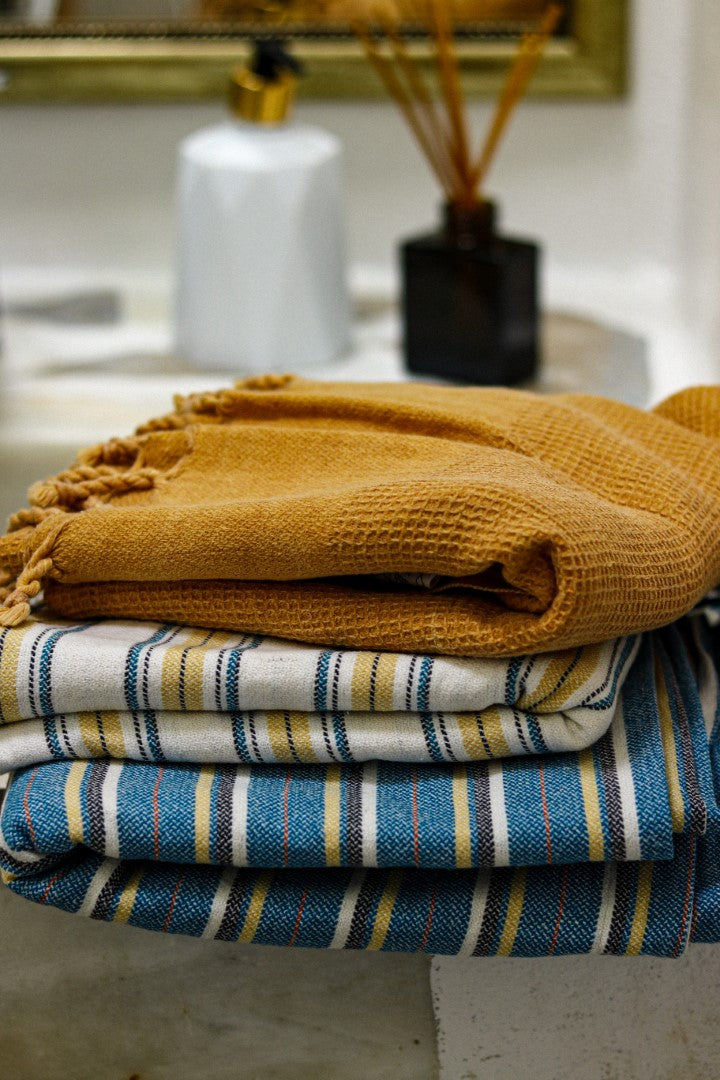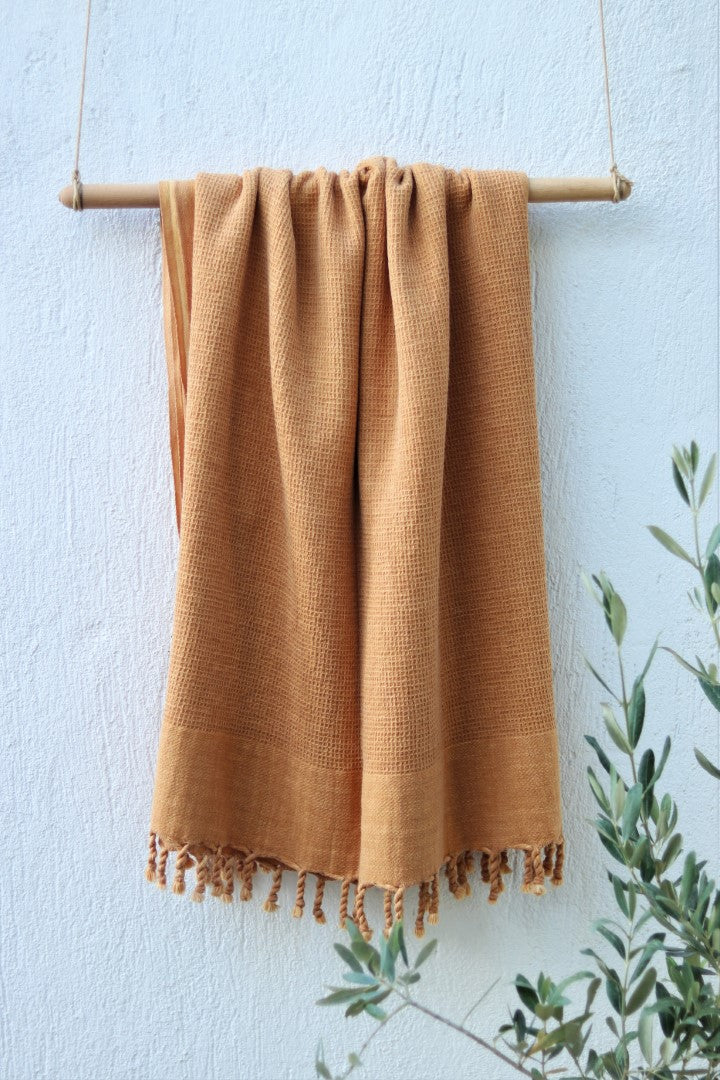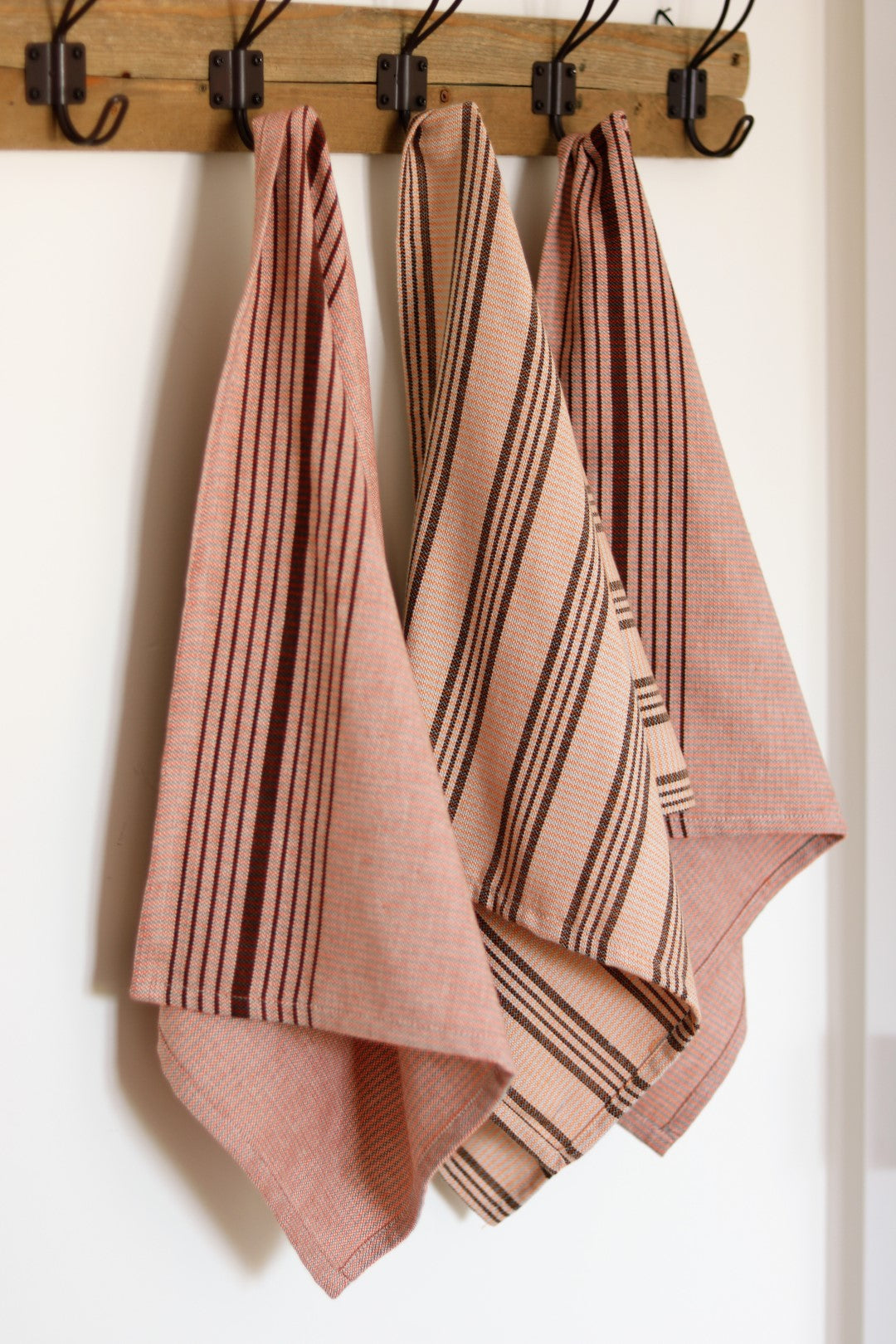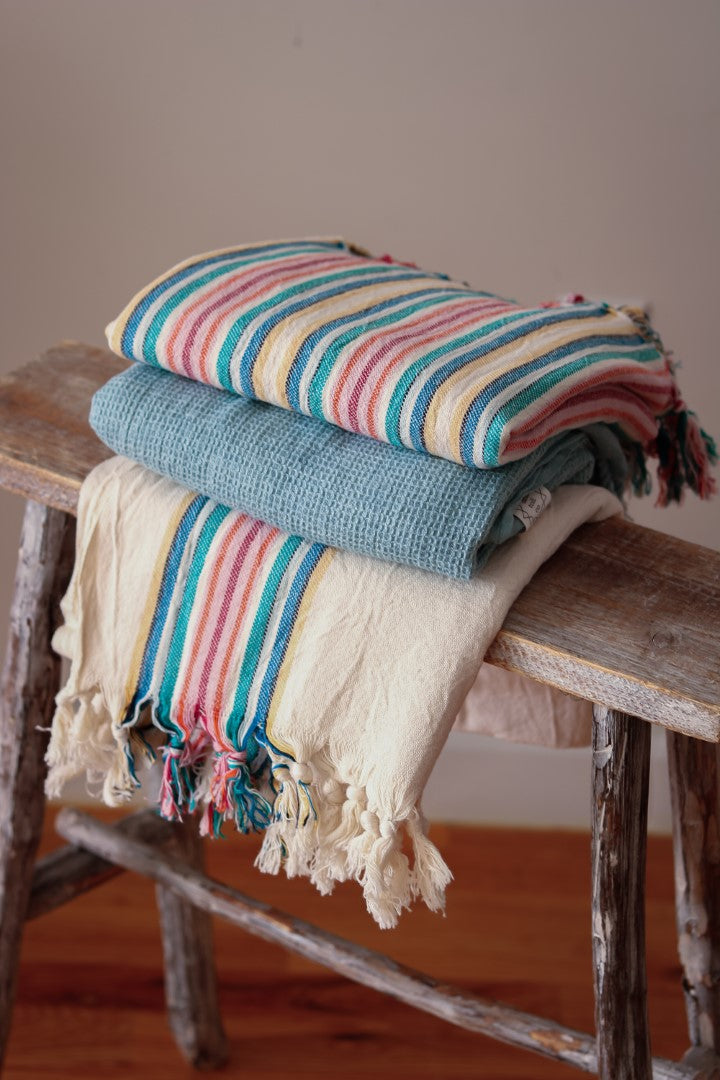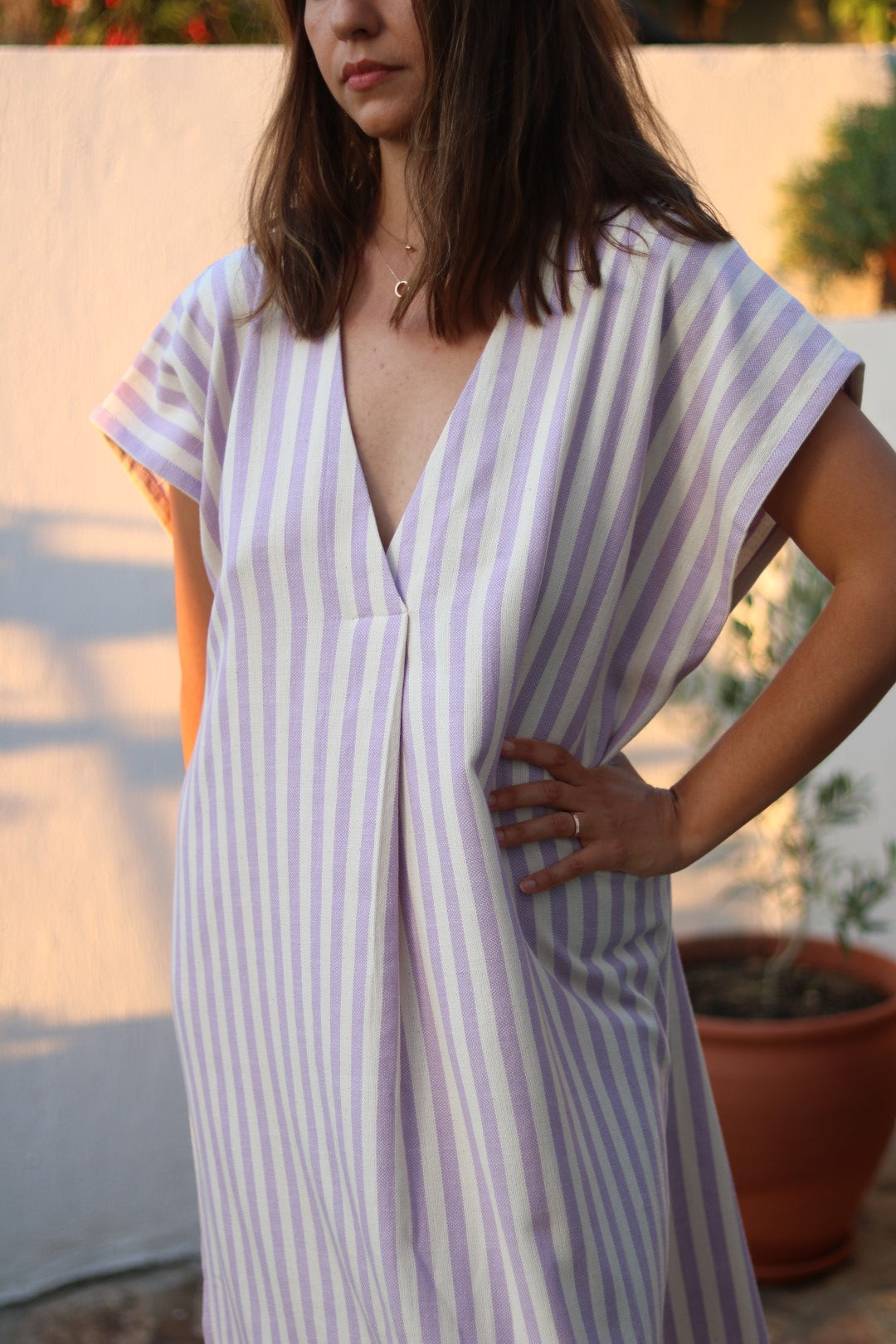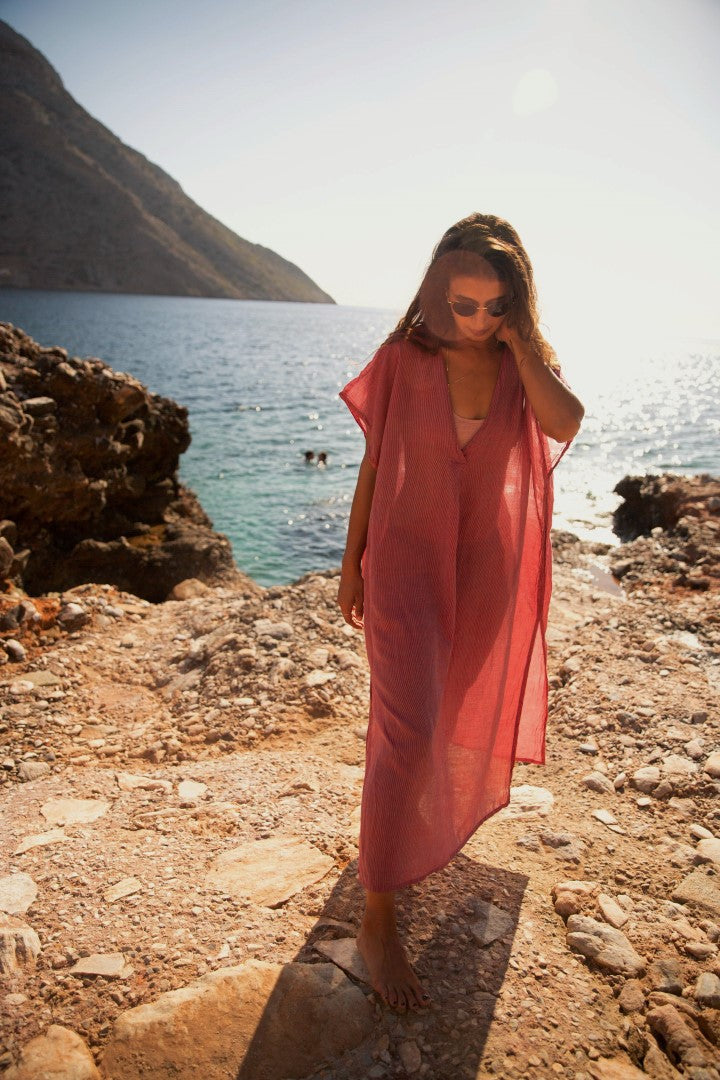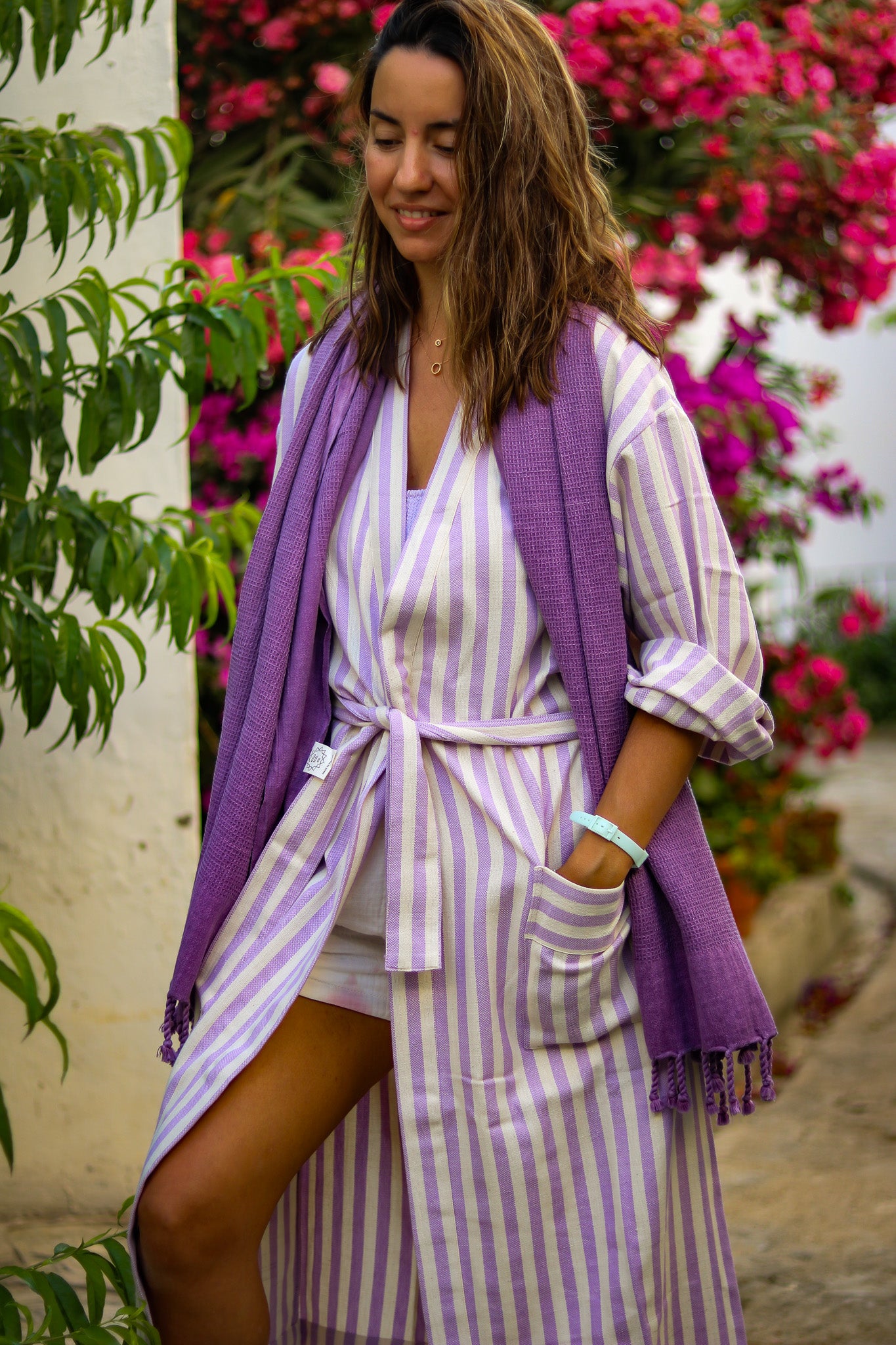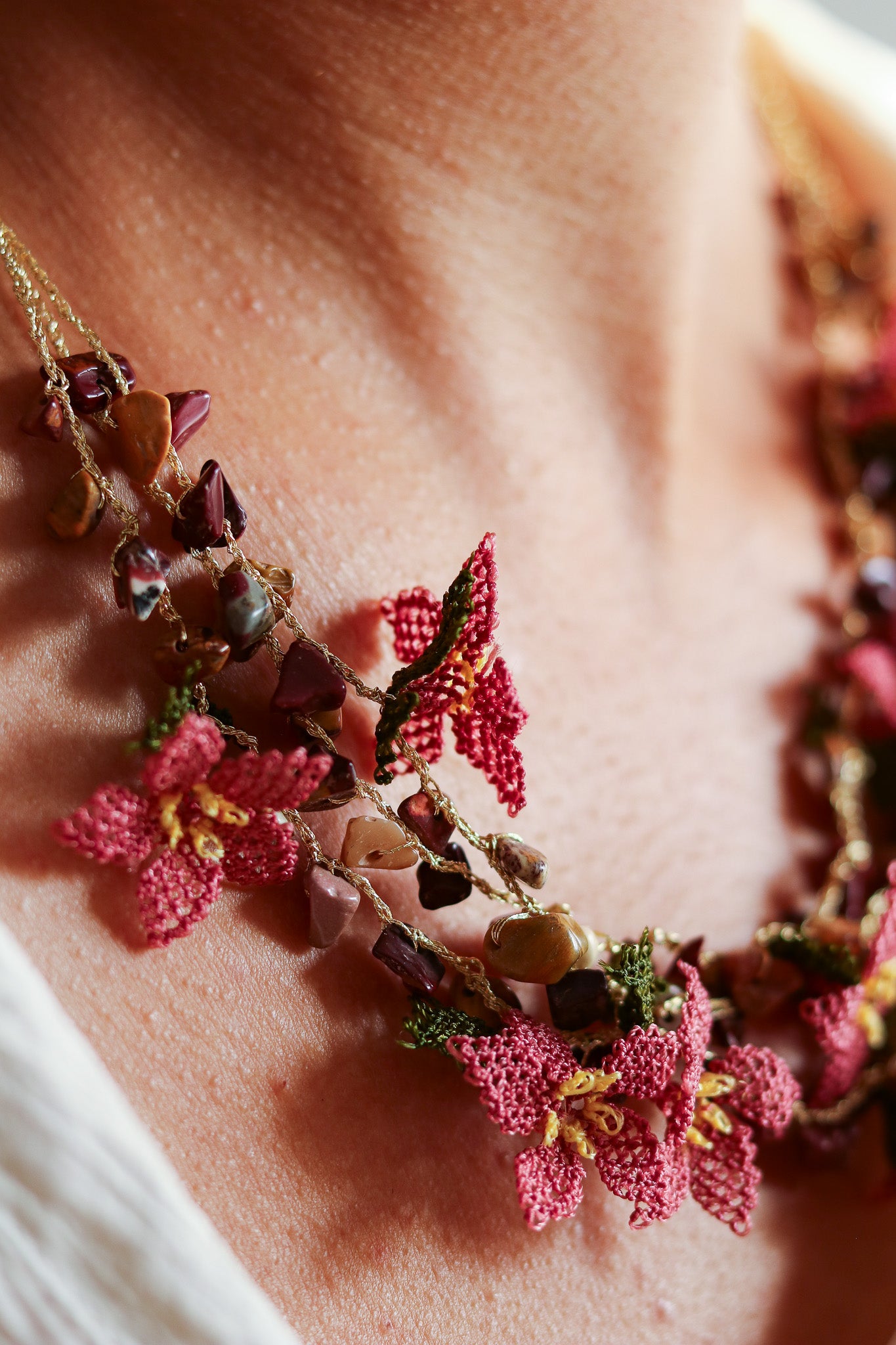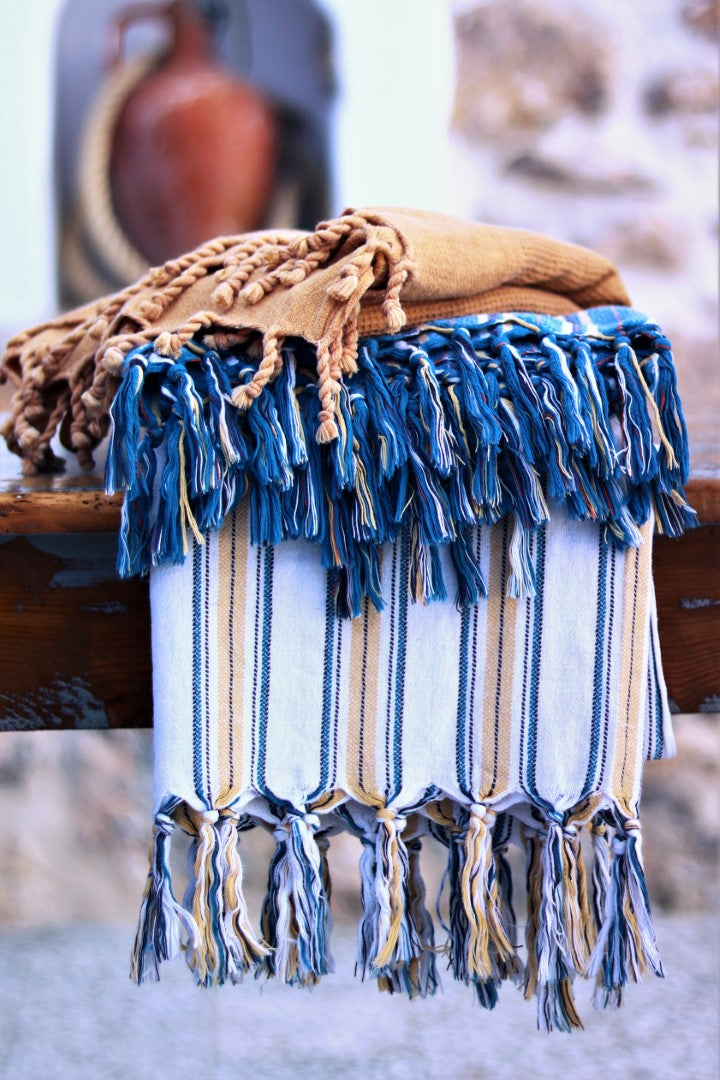Although today we think of bathing as a private activity, the public bath, or hammam, was a vital social institution in any Middle Eastern city for centuries before the advent of modern plumbing. Hammams played a central role in promoting hygiene and public health, but they also served as meeting places where people could relax and socialize.
The History of the hammam
The hammam has a long history in the Mediterranean, which can be traced to Roman thermae. Baths were common throughout the Roman empire in a geographic range stretching from Europe to North Africa and the eastern Mediterranean. Roman baths generally featured a reception room, or apodyterium, which led to a hot room called a caldarium, a warm room, or tepidarium, and a cold room known as a frigidarium. Visitors moved through these rooms, where temperature changes stimulated the flow of blood and encouraged the body to sweat out impurities. Some baths included areas where bathers could exercise.
While the tradition of public baths popularized under the Romans slowly died out in the West, it continued over many centuries in the eastern Mediterranean.
Byzantine baths in the region kept many of the same traditions of the earlier Roman baths, including trends in decoration such as intricate mosaic floors. The Umayyad caliphs (661–750) built particularly lavish private baths as an essential component of their imperial palaces or qusur. The eighth-century complex Qusayr ‘Amra in Jordan is perhaps the best known of these. The bath’s walls are covered with elaborate paintings, including scenes showing nude women bathing. However, Umayyad baths varied somewhat from their predecessors in that the cold room was removed, reception rooms were larger, bath chambers smaller, and layouts more intricate. Scholars posit that imperial Umayyad baths were settings for courtly entertainment, and indeed period literature recounts stories of drinking parties held at the qusur.
By the medieval period, public baths had become an important part of community life, and the quality and number of baths counted among any city’s most admired attributes. Medieval authors mention hammams alongside mosques, madrasas (schools), and gardens in their descriptions of beautiful and prosperous cities. Hilāl al-Sābi’ (969–1056), for example, estimated that Baghdad at its height had 60,000 bathhouses. While al- Sābi’ may have exaggerated, the hyperbole does effectively relay the grandeur of the Abbasid capital. Although hammams throughout the Middle East resembled each other in terms of their basic outlines, the articulation of the bath’s structure and its decoration were often regionally specific Western visitors, too, were fascinated by hammams.
Orientalist painters traveling in the Middle East in the nineteenth century relished depictions of scintillating scenes inside bathhouses, using the setting as an excuse for painting nude bodies and exotic architectural details.
Bathing Necessities
Although most studies of hammams focus on their architecture and decoration, no less important were the objects used in the bath. Hammams were generally single-sex, with men and women having separate bathhouses or bathing times. Some depictions of women, including a monumental torso from Qasr al-Mshatta dating to the Umayyad period, show them carrying buckets or baskets, which likely contained toiletries, perfumes, combs, and cosmetics for the bath. Necessary to any bathing experience was a good scraper, used to scrub away dead skin loosened by ambient humidity and sweat. Although bathers were mostly nude inside the hot rooms, they were required to wear clothes in the resting areas outside the heated bathing areas. Towels dried the body. In Ottoman lands, the most luxurious examples of the havlu (towel) and peştamel (bath wrapper) featured intricate embroidery. After bathing, women sometimes donned elaborate dress appropriate to their social standing. Hamam shoes count among the identifiable items associated with the bath. Elaborate Ottoman-period platform shoes (nalins) were made of wood, with intricate patterns of inlaid mother-of-pearl.
Hammams Today
Modern hammams have transformed as developments in plumbing have rendered many of their services obsolete. Whereas people once regularly went to the public bath to get clean, today’s preference for the convenience of the home bathroom has caused the widespread decline of the bathhouse. The baths of Cairo praised by medieval authors, for instance, today lie mostly in ruins. Relatively few clients and spiraling energy costs for heat and water have made the bathhouse an impractical business enterprise. In other places, like Turkey, the hammam has died out as a place for personal hygiene, while retaining a ceremonial role, particularly for bridal preparations. In some regions, however, bath culture thrives. In Syria and Tunisia, for instance, it is possible to find both simple neighborhood baths and fancier institutions akin to Western spas. Although current-day hammams vary greatly in their levels of comfort, all offer the world-weary bather the opportunity for a good sweat, an invigorating scrub, and copious amounts of sweet tea.
Source: Elizabeth Williams Department of Islamic Art, The Metropolitan Museum of Art
Williams, Elizabeth. “Baths and Bathing Culture in the Middle East: The Hammam.” In Heilbrunn Timeline of Art History. New York: The Metropolitan Museum of Art, 2000–. http://www.metmuseum.org/toah/hd/bath/hd_bath.htm (October 2012)
Sign up to our newsletter for blog posts, offers, and news delivered to your inbox.
